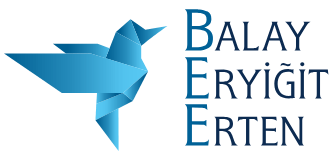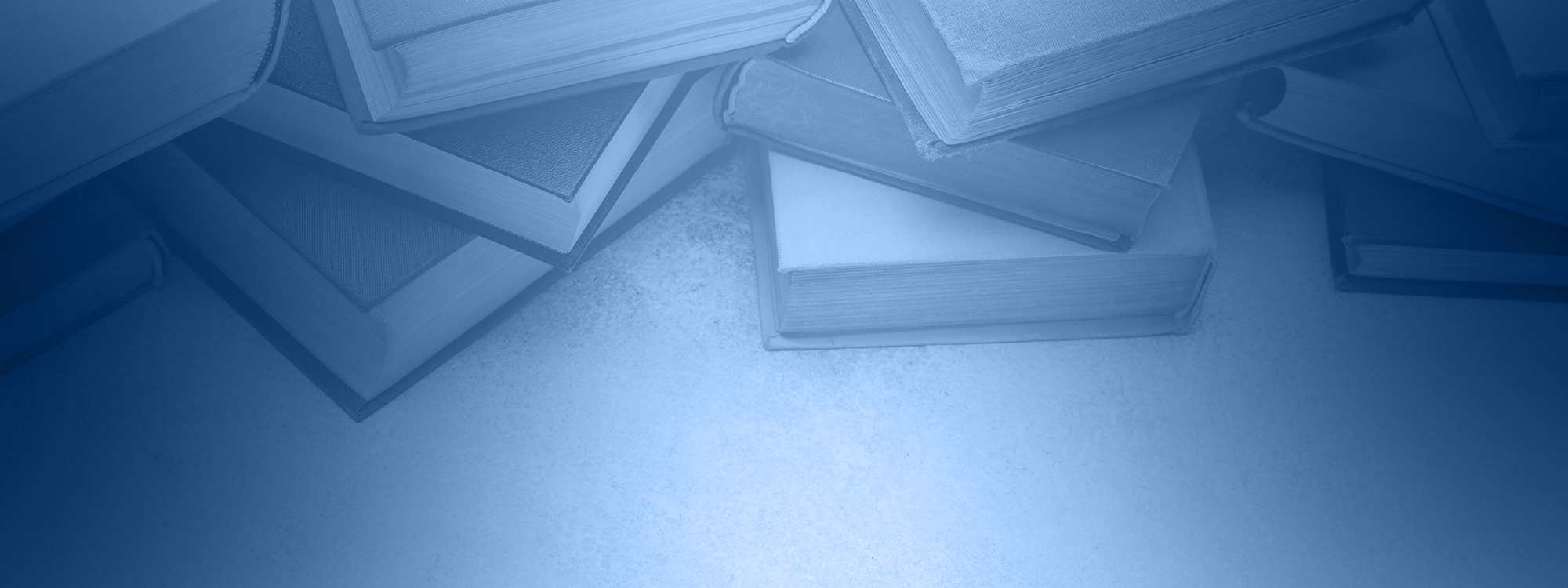The Regulation on the Withdrawal of Medicinal Products for Human Use and Foods for Special Medical Purposes (“Regulation”) was published in the Official Gazette No. 32701 on October 23, 2024. These regulations draw attention as an important regulation in the field of health. The Regulation aims to protect public health and increase consumer safety by regulating the withdrawal of human medicinal products and foods for special medical purposes. The important amendments made by the Regulation are presented below.
The Regulation has been prepared based on the Law on Pharmaceutical and Medicinal Preparations dated 14/5/1928 and numbered 1262 and Articles 508 and 796 of the Presidential Decree No. 4 on the Organization of Institutions and Organizations Affiliated, Related, Associated Institutions and Organizations and Other Institutions and Organizations. This Regulation covers the withdrawal activities of medicinal products for human use licensed or authorized by the Agency, active substances used in their production and foods for special medical purposes, as well as the production, placing on the market and keeping on the market of the relevant products. Amendments made within this scope;
In Article 4 of this Regulation, definitions regarding the Regulation are explained. Namely;
- Blocking: Stopping the movement of products in the supply chain that pose a risk to public health.
- Withdrawal: The collection of faulty or suspect products by the marketing authorization/permit holder.
- Withdrawal Evaluation Commission: The commission that evaluates notifications and complaints and makes recall decisions.
- Classification Of Recalls: Level of recall according to the degree of health hazard of the product.
- Voluntary Withdrawal: Withdrawal proposed by the marketing authorization/permit holder.
- Product Suspected To Be Faulty: A product that may pose a danger to consumer health.
- Defective Product: A product that poses a danger to consumer health or where quality defects have been identified.
- Pharmaceutical Tracking System (PTS): Centralized system that tracks the movement of medicinal products for human use.
- Good Manufacturing Practices: A system that ensures production and control in accordance with quality standards.
- Institution: Turkish Medicines and Medical Devices institution.
- Global Commercial Item Number (GTIN): The identifying number on the barcodes of commercial products.
- Batch Number: A number obtained in the production cycle that identifies homogeneity.
- Market Control: Activities carried out to ensure that products comply with legislation.
- Registration/Permit Holder: The person or organization holding the registration or authorization for the product.
- Product: Medicinal products for human use and foods for special medicinal purposes that have been authorized
Duties and Responsibilities, Notifications and Decision Process are regulated in the Second Part of the Regulation on the Withdrawal of Medicinal Products for Human Use and Foods for Special Medical Purposes
Article 5 of this regulation describes the procedures for the evaluation of products suspected to be faulty or faulty during the market control and inspection activities of the Authority. These are as follows;
- Information Request: Requesting information and explanations from the license/permit holder if deemed necessary.
- Explanation Evaluation: Evaluate the license/permit holder’s explanations and suggestions and request additional information.
- Withdrawal Decision: Deciding on withdrawal and initiating the procedures.
- Drug Tracking System (ITS): Carrying out blocking or withdrawal procedures.
- Follow-up and Audit: Monitoring and auditing the timely execution of withdrawal procedures.
- Production Suspension: To stop the production or import of the faulty product when necessary.
- Precautionary Assessment: To assess whether the necessary measures have been taken to ensure that the nonconformity does not recur.
- Withdrawal Termination: Termination and monitoring of the recall.
- Withdrawal Plan: Have an effective withdrawal plan.
- Record Keeping: Keep distribution records and withdrawal-related documentation for five years.
- Announcement and Feedback: Ensure that the withdrawal is carried out effectively.
- Rapid Notification: Providing feedback as soon as possible when requested by the organization.
- Life Threatening Information: To provide immediate information in life-threatening situations.
- Withdrawal Class and Level: Providing recommendations in case of voluntary withdrawal.
- Export Information: To inform the license holder of the relevant country in case of export of withdrawn products.
Article 7 of the Regulation describes the notification process for defective products. It is as follows
- The registration/permit holder should examine notifications and complaints in detail.
- Notifications to the provincial health directorate are forwarded to the Agency.
- Notifications can be made directly to the Agency.
Article 8 of the Regulation states that the Withdrawal Evaluation Commission is managed by the Presidency that carries out market control activities and the related procedures are explained. As follows;
- Research Expansion: May request additional information from the license/permit holder.
- Blocking Procedure: May block the distribution of products via ITS.
- Sampling: Sampling and analysis for other batch numbers.
- Withdrawal Decision: Can make a withdrawal decision and request the relevant forms.
- Good Manufacturing Practices: Can initiate an audit at the production facility.
- Withdrawal Practices: Initiate procedures for the withdrawal of products
Section Three of the Regulation on the Withdrawal of Medicinal Products for Human Use and Foods for Special Medical Purposes regulates the Classification, Levels and Reasons for Withdrawal.
In Article 9 of the Regulation; it is explained that the class of withdrawal is determined according to the risk of harm to consumer health and the nature of the defect of the faulty or suspected faulty product. The classes are as follows;
- First Class: Conditions that may cause serious and life-threatening health problems.
- Second Class: Situations related to temporary and treatable health problems.
- Third Class: Situations where the use of the product is not harmful to health.
Article 10 of the Regulation describes the levels of the distribution chain to be covered by the withdrawal. These are as follows;
- A Level: Includes all users and recipients that can be contacted.
- B Level: All places that supply the end user with the product.
- C Level: Includes pharmaceutical retailers.
In Article 11 of the Regulation; the reasons for withdrawal are explained. These reasons are as follows; Quality defects, Effectiveness and safety problems, Out-of-specification results, Packaging defects, Non-compliance with license/permit information, Non-compliance with legislation and Non-compliance with Good Manufacturing Practices.
Withdrawal processes are initiated as follows;
- Initiation by the Agency: The Agency notifies the marketing authorization/permit holder and requests the completion of the withdrawal form within five working days at the latest.
- Initiation by the Marketing Authorization/Permit Holder: The marketing authorization/permit holder notifies the Agency; the proposed withdrawal class and level may be considered by the Agency.
Section Four of the Regulation on the Withdrawal of Medicinal Products for Human Use and Foods for Special Medical Purposes regulates the Announcement, Execution and Completion of the Withdrawal.
Article 12 of the Regulation explains the Announcement of Withdrawal. It is as follows;
- Announcement Process: When a withdrawal decision is taken, the marketing authorization/permit holder is obliged to notify the situation as soon as possible in accordance with the announcement text in Annex-2. The announcement should be made in writing and a copy should be sent to the Agency. Additional communication methods may also be used.
- Advertising Prohibition: The withdrawal announcement cannot contain advertising elements; the announcement is for informational purposes only.
- Public Information: The Agency will inform the public about first class recalls through its official website.
Article 13 of the Regulation explains the Execution of the Withdrawal. It is as follows;
- First Class: Must be controlled within 24 hours.
- Second Class: It should be under control within 48 hours.
- Third Class: Must be brought under control within 72 hours. The license/permit holder must provide periodic information to the Agency on the procedures.” It is regulated as follows.
Article 14 of the Regulation states that the license/permit holder shall prepare and submit a preliminary report to the Agency within 10 working days.
Article 16 of the Regulation states that the withdrawn product will be destroyed after being identified by the provincial/district health directorate.
Article 17 of the Regulation states that the registration/permit holder shall submit the final report on the completion of the withdrawal to the Agency within 12 weeks.
Section Five of the Regulation on the Withdrawal of Medicinal Products for Human Use and Foods for Special Medical Purposes regulates sanctions.
Article 18 of the Regulation;
- Compliances: Articles 18 and 20 of Law No. 1262 will be applied for non-compliances detected about the license/permit holder.
- Penalties for Withdrawals: Penal sanctions will be determined for second and third class withdrawals, taking into account the voluntary withdrawal status.
- Contrary Behavior: Penalties will be imposed on the license/permit holder, manufacturer, pharmaceutical trade and pharmacies that continue to sell the faulty batch after the recall announcement or do not implement the recall decision within the framework of the following legislation: Law No. 1262, Product Safety and Technical Regulations Law No. 7223, Turkish Criminal Code No. 5237, Misdemeanor Law No. 5326
These regulations provide an effective control mechanism to protect public health and ensure product safety. It is of utmost importance that registration/permit holders comply with the withdrawal processes and fulfill the requirements of the legislation.
The full Regulation is available at https://resmigazete.gov.tr/23.10.2024
The Regulation on the Withdrawal of Medicinal Products for Human Use and Foods for Special Medical Purposes (“Regulation”) was published in the Official Gazette No. 32701 on October 23, 2024. These regulations draw attention as an important regulation in the field of health. The Regulation aims to protect public health and increase consumer safety by regulating the withdrawal of human medicinal products and foods for special medical purposes. The important amendments made by the Regulation are presented below.
Best Regards,
Balay, Eryiğit & Erten


